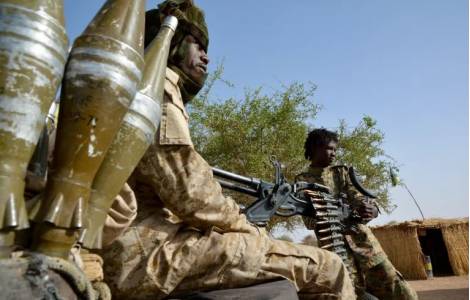
Khartoum (Agenzia Fides) - It is 2023 and Darfur has officially been in conflict for 20 years. There had been tensions between Arab and non-Arab communities in Darfur for decades. But in 2003, full-scale war broke out across the region. Some say the conflict started in February that year, when unknown rebels attacked government buildings in a village in the Jebel Marra mountains and announced themselves as the Sudan Liberation Army (SLA); others contend it was in April, always in 2003, when they went on to attack North Darfur’s capital el-Fasher and destroyed government aircraft at the airport. The attacks humiliated the government in Khartoum, which responded with mass violence against Darfur’s non-Arab communities.
Now that, since April 15, 2023, a new conflict has engulfed the streets of Sudan's capital, Khartoum, violence escalates in the restive western region (see Fides, 17/4/2023) and Darfur is embroiled in another conflict - or the extension and escalation of an old one, as reported by the local press.
Although the fighting is concentrated in Khartoum, Darfur still has the highest death toll in the country, more than 1,000 and 11,000 injured as of June 17 - numbers that probably do not fully capture the real situation in Darfur. Meanwhile, traditional tribal leaders, revolutionary activists and rebels are seeking a ceasefire in an effort to end the dire situation of millions of displaced people. As early as 2004, humanitarian organizations started extensive aid programs for the population (see Fides, 3/2/2004), before 13 organizations were expelled in 2009 by the then Sudanese President al-Bashir in response to an arrest warrant issued against him by the International Criminal Court. These were the largest and most important organizations, providing about half of the aid to Darfur. They were never really replaced, and humanitarian access continued to deteriorate for the organizations that remained. After the fall of al-Bashir in 2019, the gates reopened as three million internally displaced people still needed help. In October 2022, a new health center was opened in the Tukumare refugee camp, in which around 30,000 patients, 250 per day, are examined free of charge and provided with medication. The most common diseases include malnutrition, urinary tract infections due to dirty water, skin diseases due to lack of water and seasonal respiratory infections, which local doctors attribute to climate change. (AP) (Agenzia Fides, 7/7/2023)